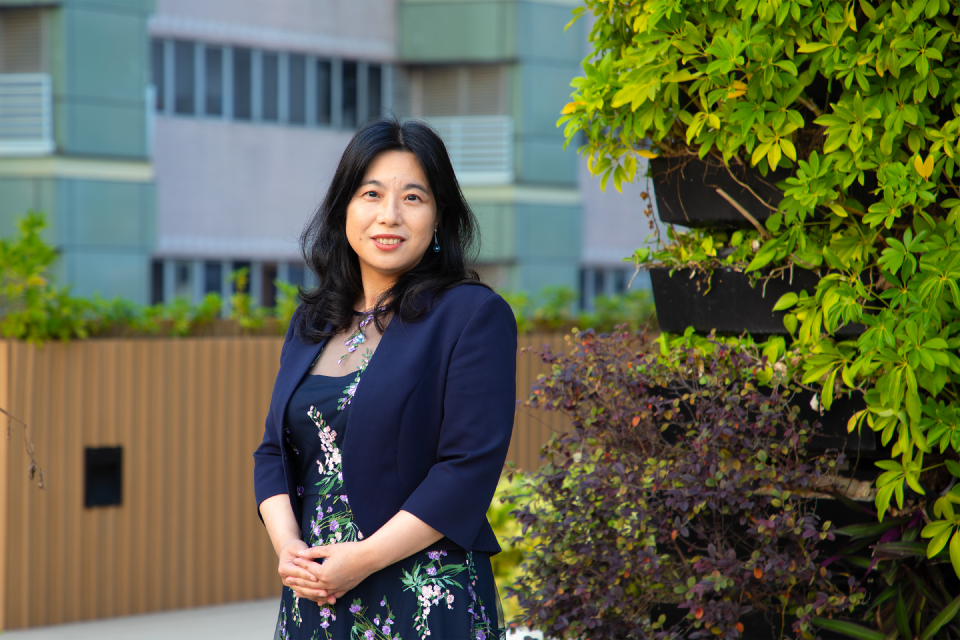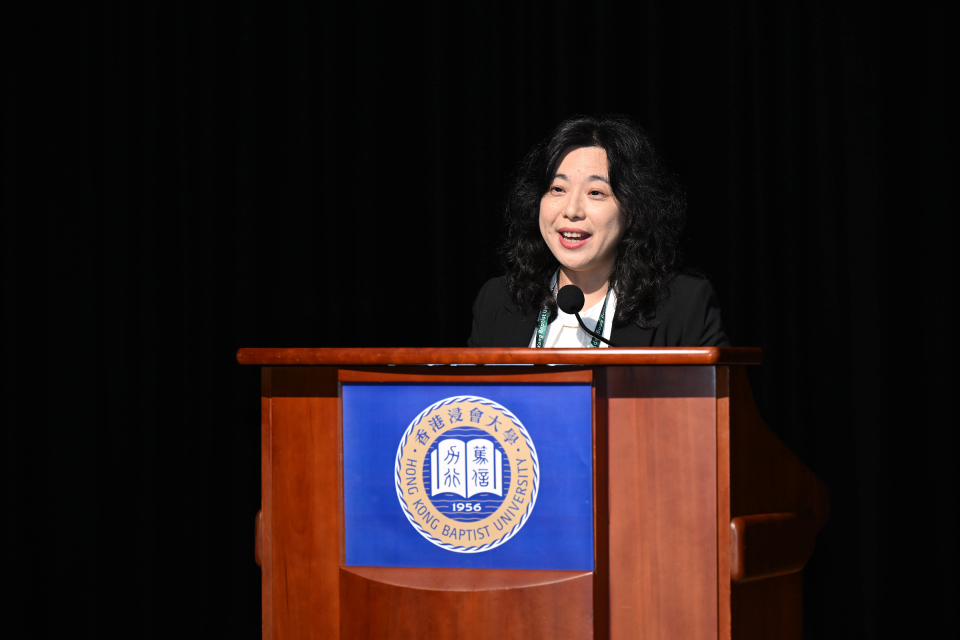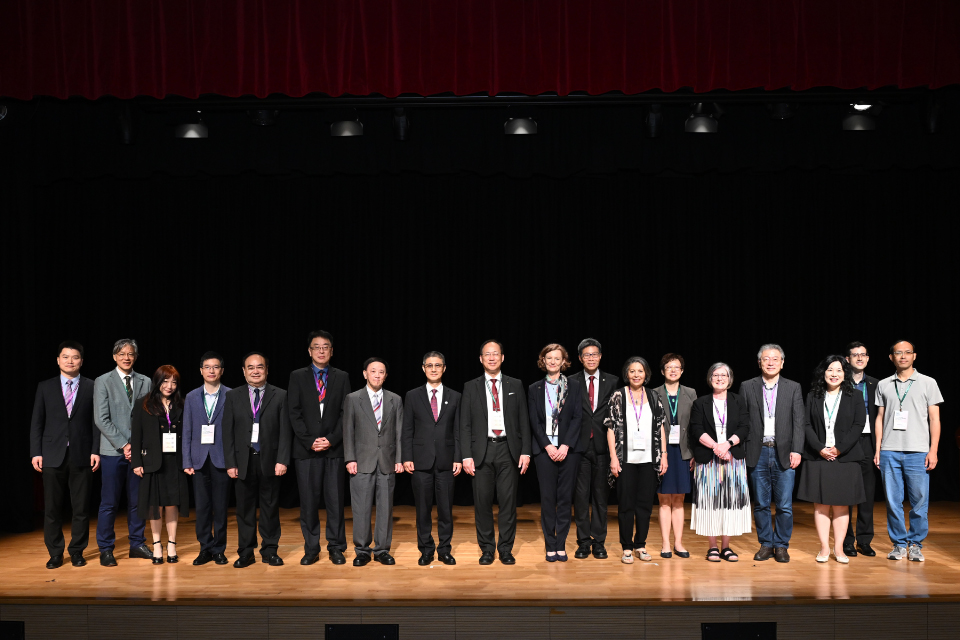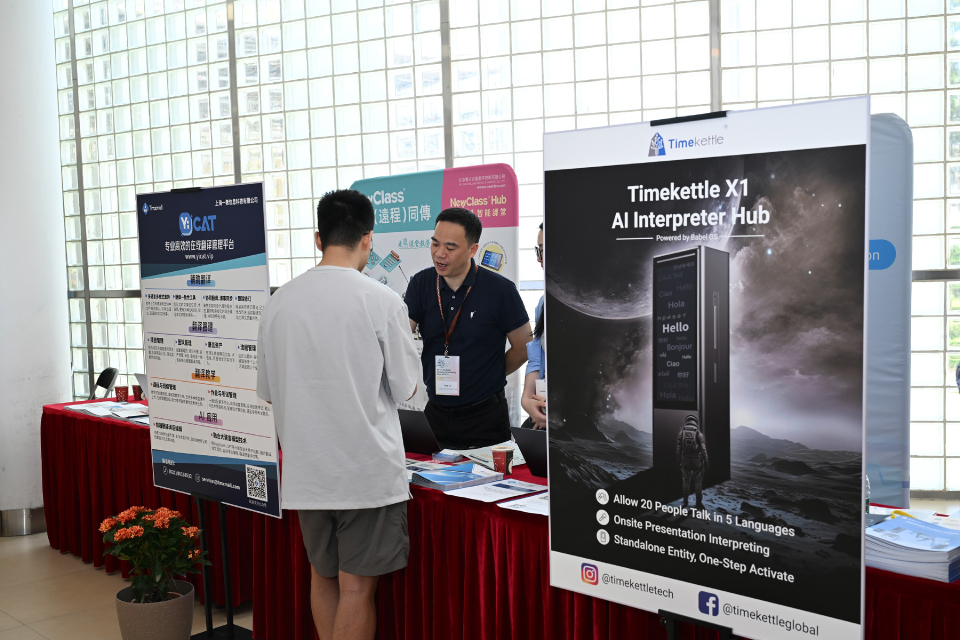Discover HKBU
Lost in AI translation? Why human expertise remains essential
30 May 2025


The rise of artificial intelligence (AI) has sparked anxieties among employees across various sectors, and translation is no exception. Will AI replace human translators? According to Professor Janice Pan, Chair of the Organising Committee of the 11th Asia-Pacific Translation and Interpreting Forum (APTIF11) held from 21 to 23 May on the HKBU campus, and also the Director of the Academy of Language and Culture, Faculty of Arts and Social Sciences, and Professor of the Department of Translation, Interpreting and Intercultural Studies, the answer is a firm "No". On the contrary, AI is creating new opportunities and amplifying the need for skilled human translators.
AI's primary contribution lies in making translation more accessible. Tools like Google Translate have opened doors for wider audiences to engage with content in different languages. However, this accessibility comes with a caveat: quality. For critical applications, such as medical or legal translation, accuracy is paramount, and errors caused by AI can have serious consequences. This is where human translators of high calibre become indispensable.
Human translators as custodians of quality
AI excels at basic translation, functioning much like a sophisticated dictionary. It can quickly process large volumes of text, yet translation is not merely about substituting words; it requires a deep understanding of the nuances in context, culture, and audience. “This is where the ‘beauty of translation’ lies, in a realm that is uniquely human and where AI falls short,” says Professor Pan.
“Contrary to popular belief, the increasing reliance on AI-powered translation tools has elevated the demand for skilled translators. AI serves to generate initial drafts based on the prompts given by users. Human experts then step in to review and refine the output, ensuring accuracy, appropriate nuance, cultural sensitivity, while identifying biases in AI-generated translations,” Professor Pan highlights. This synergy between humans and AI is fostering a new landscape, where translators act as editors and quality controllers, leveraging AI to enhance efficiency.
AI as a tool, not a replacement for the human touch
The case for human expertise is clear. While AI can translate, human judgment and the capacity for discernment and critical thinking remain crucial in evaluating the quality and appropriateness of AI-generated translations.
The key is to embrace AI as a tool rather than fearing it as a replacement. In this regard, Professor Pan observes that universities are quick to adapt their curricula to incorporate practical technology training, including AI-assisted translation tools. She emphasises that developing students’ critical thinking, intercultural awareness, and a solid understanding of translation theory remain essential in the age of AI. By focusing on these core competencies, educators can ensure that graduates are well-prepared to leverage AI effectively while retaining the essential human elements of translation.
AI as a facilitator of transdisciplinary research
The integration of AI into translation also presents opportunities for transdisciplinary research. For example, collaborative projects involving computer science and the arts can explore how AI can be used to empower marginalised communities. One case study involved using AI to translate a Chinese website for a rare disease NGO, enabling them to connect with a wider audience and advocate for policy changes.
Professor Pan concludes with a compelling case for the ethical and responsible use of AI. “Ultimately, AI is not our nemesis. In cinematic terms, it resembles Iron Man, clad in an armour forged from code and large language models. It holds transformative potential to empower translators and enhance their capabilities. However, the responsibility for ethical and responsible AI use rests with us, ensuring it serves to enrich different aspects of the community. By embracing AI thoughtfully and focusing on developing the essential skills of human translators, we can unlock new possibilities for communication and understanding across cultures.”
Co-organised by HKBU, the International Federation of Translators (FIT) and its Asian Regional Centre, and the Hong Kong Translation Society, the three-day APTIF11 brought together nearly 400 representatives from the translation, interpreting, language technology and academic research sectors across the Asia-Pacific region and beyond, discussing how AI and technology connect and integrate with language, translation and intercultural communication. It also featured an exhibition and AI-themed pre-conference workshops to showcase the latest industry developments. Launched in 1995 under the aegis of FIT, APTIF is a triennial event aimed at fostering collaboration and exchange within the region's translation and interpreting community. For more details, please visit the website of APTIF11.


